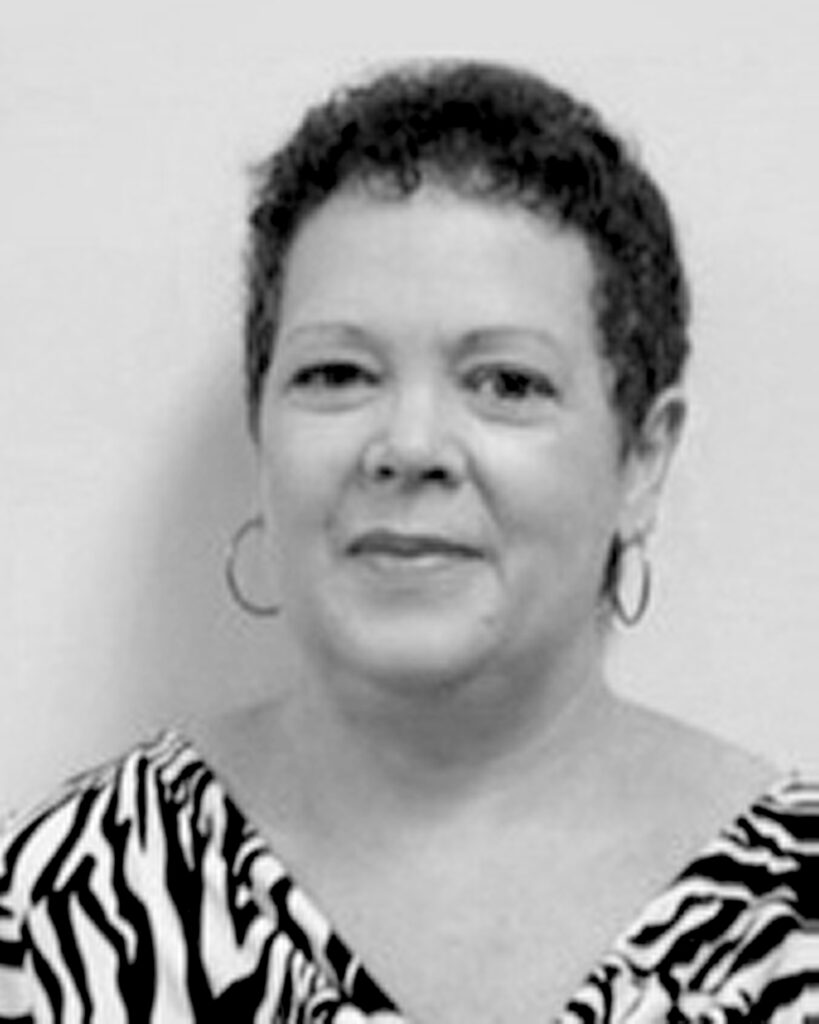Senior Living and Long-Term Care in a Post-Pandemic World: Part 1
Date
June 11, 2020The impact of COVID-19 on long-term care and senior living communities has been profound, with as many as 82 per cent of reported deaths occurring in these environments. It’s clear that the need to respond to such high rates of infection within this vulnerable population is urgent, and that the time to revisit societal attitudes toward how we value and care for our eldest citizens is now.
In recent years, eldercare environments have shifted away from institutional ‘warehousing’ approaches toward emotion-focused care, as evidenced by the popularity of concepts including the Eden Alternative, the Greenhouse Project, the Butterfly Model and the Dementia Village. All of these models embrace an emotion-based, person-centered philosophy, where staff are encouraged to form relationships with residents by spending quality time with them and engaging in meaningful social and recreational activities. Given our current task-oriented and report-driven care systems, how can we transition away from old ways of thinking toward an approach that meets the social and emotional needs of residents?
A first step is to prioritize changes to existing models of care. This will provide the foundation upon which a desired future state of care can be fostered, and could have wide-ranging implications for every aspect of service and care, including programming, operations, staffing and space needs. Hand-in-hand with this, the culture that has existed in care settings of the past must also change to enable a happy, well-trained workforce to deliver high-quality, meaningful care.
Since one size does not fit all when it comes to caring for elders, how can we ensure the model is flexible enough to accommodate a wide range of needs, including very challenging or specialized needs? Perhaps concepts such as mass customization can offer clues to inform an efficient, cost-effective care system, while also enabling meaningful engagement between residents and staff. Furthermore, consideration should be given to the use of technology to track and manage information beyond health, medication and dietary requirements, and should include personal preferences such as favourite colours or activities, thereby promoting and reinforcing the uniqueness of each resident and helping staff understand and appropriately respond to individual preferences.
Most critically, how can the health of seniors, staff and visitors be protected from the violent effects of a pandemic or viral outbreak? This issue must be considered strenuously, regardless of the model of care employed. Every solution should strive to maintain the desired residential character of the facility, and should not rely on an institutional aesthetic to achieve public health goals. A tall order, indeed!
In Part 2, we will explore space requirements to support emotion-focused care models in the context of enhanced infection control protocols.
Joyce has over 38 years of design and management experience leading healthcare, laboratory, and commercial projects. She is a skilled Healthcare Planner having specialized expertise in developing functional, contemporary solutions for a broad range of care environments. With a focus on the patient experience, Joyce is a passionate advocate for designs that improve safety, enhance independence, and promote dignity for a broad range of users including children, seniors and the frail elderly. Her work with a variety of cultural groups and under-served communities has been particularly insightful and rewarding. Joyce brings a wealth of knowledge and innovation to her planning solutions based on a solid understanding of future trends in healthcare service delivery. Through her involvement with complex projects in several jurisdictions, she has successfully led user groups and other stakeholders in consensus-building activities while managing conflicting priorities and expectations.









